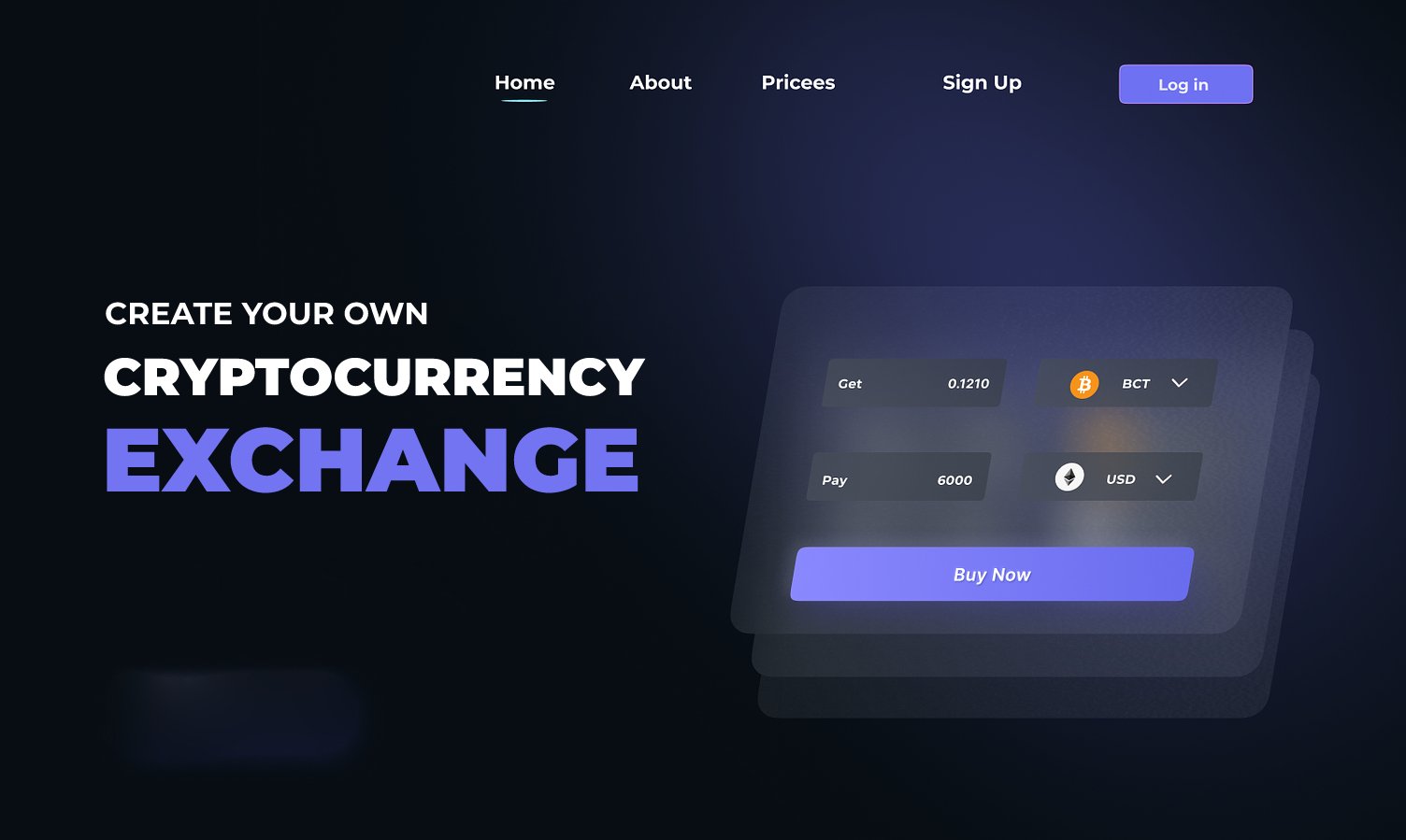What Are the 10 Steps to Create a Crypto Exchange?
The cryptocurrency market has experienced significant growth over the past decade, with an increasing number of investors and traders participating in the digital asset space. As a result, there has been a growing demand for crypto exchanges, platforms that facilitate the buying, selling, and trading of cryptocurrencies. If you’re considering venturing into the crypto exchange business, this guide will walk you through the 10 essential steps to create a crypto exchange from scratch.
Market Research:
Market research is the foundation of any successful business venture, and creating a crypto exchange is no exception. Start by analyzing the current landscape of crypto exchanges, including both centralized and decentralized platforms. Identify key players, their strengths, weaknesses, and the unique value propositions they offer. Determine the market demand for specific features, trading pairs, and user experiences. Conduct surveys, interviews, and focus groups to gather insights from potential users and stakeholders. This research will inform your strategic decisions and help you position your exchange effectively in the competitive market.
Legal Compliance:
Compliance with legal and regulatory requirements is crucial for operating a crypto exchange and building trust with users and regulators. Depending on your jurisdiction, you may need to obtain licenses or registrations from regulatory authorities such as financial regulatory agencies or securities commissions. Familiarize yourself with anti-money laundering (AML) and know your customer (KYC) regulations, as well as data protection laws and tax requirements. Consult with legal experts specializing in cryptocurrency and blockchain regulations to ensure full compliance and mitigate legal risks.
Choose the Right Technology Stack:
Selecting the appropriate technology stack is essential for building a robust and scalable crypto exchange platform. Consider factors such as performance, security, flexibility, and developer familiarity when choosing your technology stack. Backend development may involve programming languages like Python, Node.js, or Java, along with frameworks like Django, Express.js, or Spring Boot. For frontend development, popular choices include React.js, Angular, or Vue.js. Additionally, utilize databases like MongoDB or PostgreSQL for data storage, and consider cloud hosting providers like Amazon Web Services (AWS) or Google Cloud Platform (GCP) for scalability and reliability.
Design the User Interface (UI) and User Experience (UX):
The user interface (UI) and user experience (UX) play a significant role in the success of a crypto exchange platform. Design an intuitive and visually appealing interface that enables users to navigate the platform effortlessly and execute trades with ease. Build a website that automatically adjusts to phones, tablets, and desktops. Provide clear and concise instructions, tooltips, and error messages to guide users through the trading process. Consider user feedback and conduct usability testing to iterate and improve the UI/UX iteratively.
Security Measures:
Security is paramount in the crypto industry, where users entrust exchanges with their digital assets. Implement robust security measures to protect your exchange platform from cyber threats, hacking attempts, and unauthorized access. Utilize industry-standard encryption algorithms to secure user data and private keys, and implement multi-factor authentication (MFA) for user authentication. Employ best practices for securing server infrastructure, including firewalls, intrusion detection systems (IDS), and regular security audits. Consider implementing bug bounty programs to incentivize security researchers to identify and report vulnerabilities.
Liquidity Management:
Liquidity is essential for a thriving exchange ecosystem, as it ensures sufficient trading volume and depth for users to execute trades at competitive prices. Establish liquidity partnerships with reputable market makers, liquidity providers, and institutional investors to bootstrap liquidity on your exchange platform. Offer incentives such as trading fee discounts, rebate programs, or liquidity mining rewards to attract liquidity providers and incentivize market-making activities. Monitor liquidity metrics closely and adjust market-making strategies as needed to maintain a liquid and orderly market.
Integrate Payment Gateways:
Payment gateways are essential for facilitating fiat-to-crypto and crypto-to-crypto transactions on your exchange platform. Partner with payment processors, banking institutions, and payment gateways to offer multiple deposit and withdrawal options for users. Support popular payment methods such as bank transfers, credit/debit cards, digital wallets, and peer-to-peer (P2P) payment solutions. Implement secure payment processing protocols and adhere to regulatory requirements for handling fiat currency transactions. Conduct thorough due diligence on payment partners to ensure compliance, reliability, and security.
Regulatory Compliance Tools:
Compliance with regulatory requirements is paramount for building trust and legitimacy in the crypto industry. Implement regulatory compliance tools and mechanisms to adhere to anti-money laundering (AML), know your customer (KYC), and other regulatory requirements. Integrate KYC/AML verification processes to verify users’ identities and screen for suspicious activities. Implement transaction monitoring and reporting tools to detect and report suspicious transactions to regulatory authorities. Keep abreast of evolving regulatory developments and adjust compliance protocols accordingly to mitigate legal risks and maintain regulatory compliance.
Testing and Quality Assurance:
Testing and quality assurance are critical phases in the development process to ensure the reliability, security, and performance of your exchange platform. Conduct comprehensive testing across multiple dimensions, including functional testing, performance testing, security testing, and usability testing. Perform unit testing to validate the functionality of individual components, integration testing to verify interactions between components, and end-to-end testing to simulate real-world user scenarios. Utilize automated testing frameworks and tools to streamline the testing process and identify and address any bugs or issues promptly.
Launch and Marketing:
Once your crypto exchange platform is developed, tested, and ready for deployment, it’s time to launch your platform and commence marketing and promotional activities. Develop a comprehensive marketing strategy to raise awareness, attract users, and drive adoption of your exchange platform. Utilize digital marketing channels such as social media, email marketing, search engine optimization (SEO), and content marketing to reach your target audience and generate traction. Leverage partnerships, influencer marketing, and community engagement to expand your reach and establish your exchange platform as a trusted and reputable player in the crypto industry.
Conclusion:
Creating a crypto exchange requires careful planning, meticulous execution, and adherence to legal and regulatory requirements. By following these 10 essential steps, you can successfully create a crypto exchange platform that offers a secure, user-friendly, and reliable trading experience for cryptocurrency enthusiasts worldwide. Whether you’re a seasoned entrepreneur or a newcomer to the crypto space, embarking on the journey to create a crypto exchange can be both challenging and rewarding. With the right strategy, technology, and dedication, you can carve out your niche in the ever-expanding cryptocurrency market.







